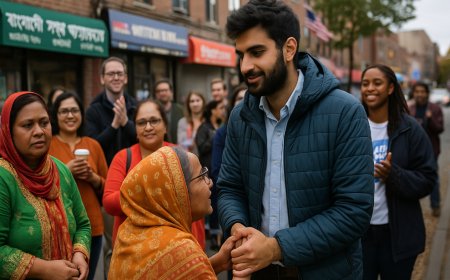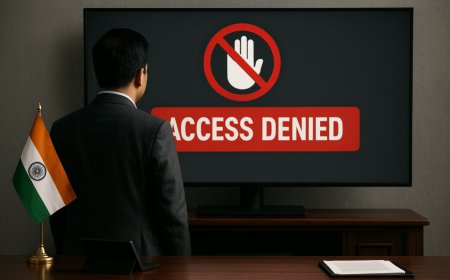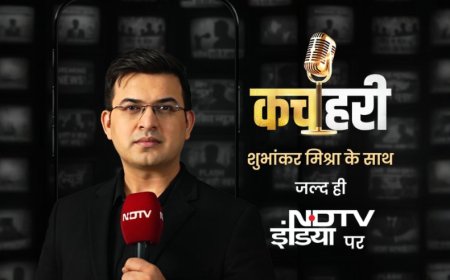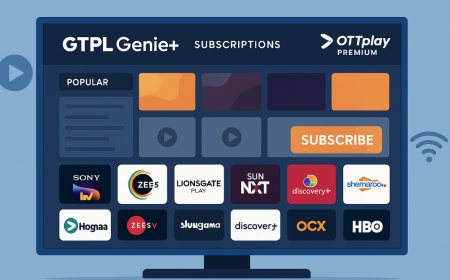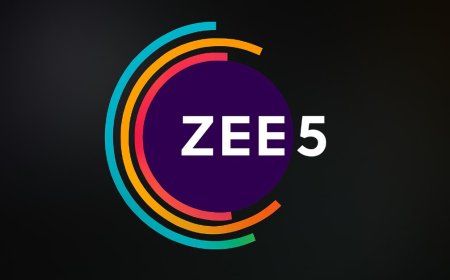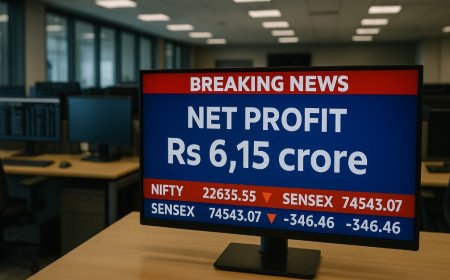One TV Rating System Isn’t Enough Anymore: Why India Needs a New Framework for the Digital Age
As digital platforms disrupt traditional TV consumption, TRAI Chairman emphasizes the urgent need for new, inclusive audience measurement frameworks beyond a single TV rating agency.

Introduction: Rethinking Ratings in the Age of Digital Entertainment
In a media ecosystem where content is no longer confined to the television screen, India’s current system of measuring viewership needs urgent evolution. That was the strong message delivered by TRAI (Telecom Regulatory Authority of India) Chairman Anil Kumar Lahoti, who recently emphasized the need for multiple audience measurement systems to keep pace with the way Indians consume content today.
With digital platforms, smart TVs, and on-demand streaming fundamentally transforming viewership patterns, Lahoti noted that relying on a single TV rating agency is no longer sufficient, fair, or future-ready.
Why It Matters: Ratings Drive Billions in Advertising
Television ratings have long been the bedrock of India’s advertising industry. They influence ad rates, programming decisions, and content strategy for broadcasters. However, the existing model—largely dependent on one measurement body—is increasingly being questioned for:
-
Lack of transparency
-
Limited sample size
-
Inability to fully reflect digital and hybrid consumption
Lahoti’s comments reflect the growing concerns of broadcasters, advertisers, and regulators who believe the current approach is out of sync with the fast-changing media landscape.
The Digital Shift: Beyond Linear TV
India is experiencing a dramatic surge in digital content consumption. With OTT platforms, mobile streaming, and YouTube creators now claiming a significant share of daily screen time, the traditional method of measuring viewership—based on fixed-location TV meters—offers an incomplete and outdated picture.
TRAI’s stance acknowledges several core realities:
-
Viewers today are platform-agnostic: They watch content across smartphones, laptops, and connected TVs.
-
Time-shifted and on-demand viewing is now mainstream.
-
Content is no longer scheduled—it’s streamed.
This shift demands a holistic, tech-enabled measurement framework that can account for both traditional broadcast and digital audiences in real time.
Call for Multiple Agencies: Encouraging Competition and Innovation
Chairman Lahoti proposed a system where more than one rating agency operates in India, under a set of common, regulator-approved principles. The aim is to:
-
Ensure accuracy and cross-validation of data
-
Bring innovation in metrics and methodology
-
Provide options for broadcasters and advertisers
-
Enhance transparency and reduce monopolistic influence
Such a move would align India with global best practices, where multiple rating systems coexist, allowing stakeholders to choose the one that best suits their objectives—without being overly dependent on a single source.
Industry Response: Support for Reform Is Growing
The idea of opening up India’s rating system to more players is gaining traction among industry bodies, content creators, and advertisers. Many argue that:
-
A diversified system fosters accountability
-
It encourages innovation in metrics, such as attention span, engagement, and cross-device reach
-
New frameworks can better reflect regional and demographic diversity
There is also growing consensus that independent oversight—ideally by a neutral, government-mandated body—can help regulate and audit these rating systems for consistency and fairness.
What’s Next: TRAI’s Roadmap for a New Era
TRAI is expected to soon release a consultation paper or guidelines inviting industry feedback on this issue. The goal is to establish a transparent, inclusive framework that supports the evolution of the media and advertising ecosystem in India.
From content creators and broadcasters to media buyers and tech platforms, all stakeholders will likely have a role in co-creating the next-generation audience measurement model.
Conclusion: A Rating Revolution Is Overdue
The current media environment no longer fits into the old definitions of "television." As India becomes one of the world’s largest digital content markets, it’s only logical that its audience measurement infrastructure keeps pace.
What's Your Reaction?
 Like
0
Like
0
 Dislike
0
Dislike
0
 Love
0
Love
0
 Funny
0
Funny
0
 Angry
0
Angry
0
 Sad
0
Sad
0
 Wow
0
Wow
0



